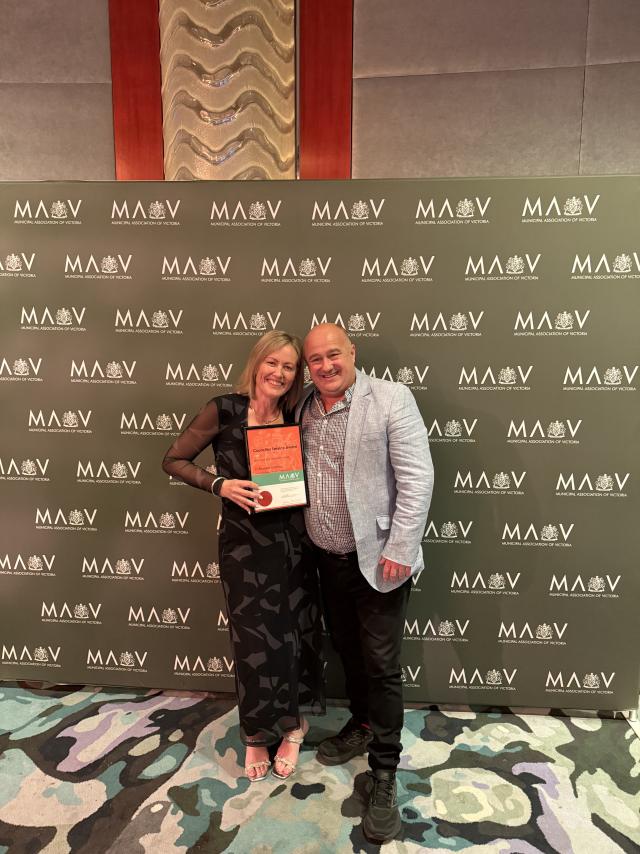It is often presumed that complaint resolutions necessarily involve winners and losers and that may be so in the adversarial culture of the legal system.
In the cut and thrust of everyday complaint handling however, the joint problem-solving approach has obvious commercial practical advantages.
The question of technical liability, i.e. who was at fault, is a consideration but it is not the only, nor even always the most important one in determining appropriate action in response to a complaint.
The best resolutions are usually reached by people with sufficient training, product knowledge and delegated authority to negotiate outcomes which look beyond who is ‘right’ and who is ‘wrong’.
A creative approach to remedies and resolutions focuses on the interests of both the council and the customer.
What will it cost in terms of time, money and reputation to give the complainant what they’re seeking?
If we don’t give them what they are seeking and they appeal to an external body, e.g. Ombudsman what will it cost?
How highly do we value the complainant’s goodwill?
If we’re not able to give them what they’re seeking, are there other things we might do to restore their confidence and goodwill towards us?
A good resolution is one that is negotiated directly between the customer and the council, rather than imposed by an external organisation, recognises the interests of, and is acceptable to both sides, addresses all aspects of the complaint and upholds principles of fairness, legal obligations and good industry practice.
* Copy supplied by Australian Disputes Centre







